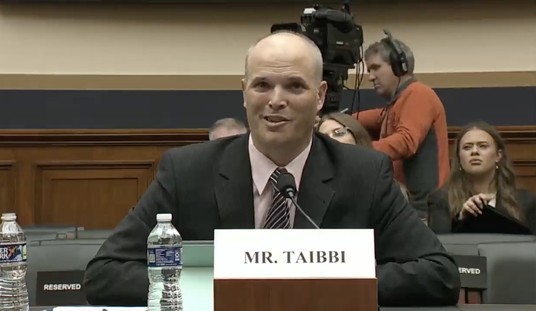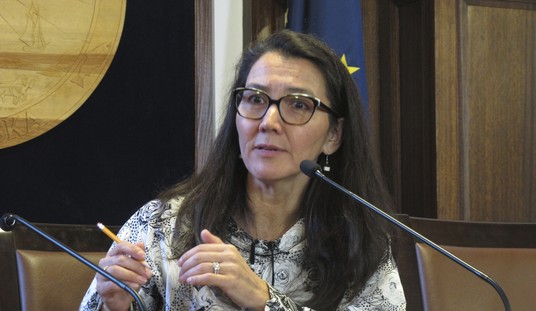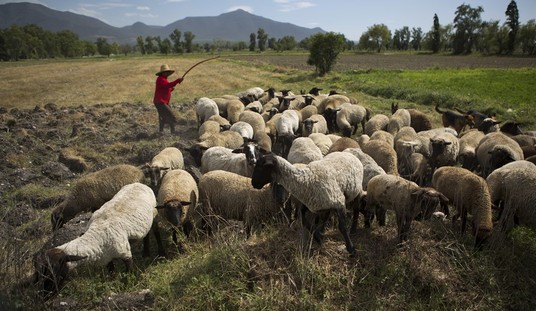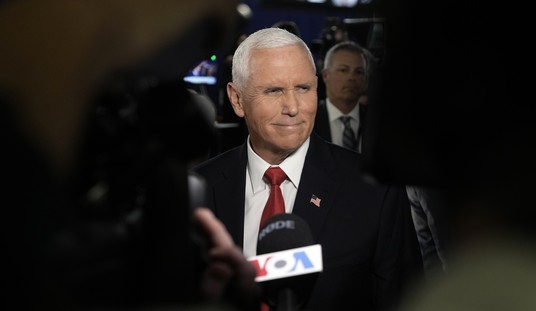Want To Cut More From The Budget? Start By Eliminating Subsidies to Compete With Existing Businesses
During the heated budget debate, Members of Congress decried the lack of “quick fix” budget cuts that would reduce spending in the immediate term. Yet many programs exist in government that would provide immediate return to the taxpayers without any harm.
As an example, the broadband loan subsidy program run through the Department of Agriculture’s Rural Utilities Service program is currently wasting taxpayer dollars in a failed effort to expand broadband service. Tasked with incentivizing broadband deployment in rural areas, RUS has repeatedly failed at that mission.
The Inspector General for the Department of Agriculture, in testimony before Congress in February summed up the failings of RUS’ broadband subsidy programs:
Prior investigations have shown that RUS’ broadband subsidy programs were not cost effective, and often funded duplicative coverage in areas already served by existing providers. … The evidence indicates that RUS’ history of funding duplicative service has continued under BIP, and that the current program is not a cost-effective means of achieving universal broadband availability.
Under the broadband stimulus program, RUS and NTIA (an agency within the Department of Commerce) were given the task of doling out $7.2 billion in broadband grants and loans to serve unserved areas.
When the resulting application/award process at RUS failed to identify programs that would reach the truly unserved, mission creep set in – as it often does in government – and the program instead focused many of its awards on companies that sought to bring broadband to communities that already had it. A recent study in fact indicated that at least $231 million in RUS awards were issued in areas that were already largely served.
Now, with all broadband stimulus awards handed out, RUS is proposing to award even more money to areas that are already served by existing broadband providers. In March 2011, RUS began soliciting applications for government-subsidized loans to deploy broadband. The problem is that the rules allow RUS to issue government-subsidized loans to areas that already have multiple providers who risked their private capital to invest in rural America.
Under the RUS program, a company can apply for a government loan even if there are up to two broadband providers already serving the project area. And even worse, if an existing RUS borrower wants to upgrade its plant, it doesn’t matter how many other competing private providers are already serving the area, or whether the project will reach even one unserved household.
In other words, the government is potentially spending millions of our dollars to fund companies to compete against other companies.
Now you can say what you want about whether every community deserves to have multiple broadband offerings. I happen to believe every community does. .
However, it is not the government’s role to choose winners and losers, and taxpayer dollars should not be used to pit one company against another. If there is a role for multiple broadband providers, the market, not the government, should drive that competition.
Government should focus on getting broadband to areas with no access at all and on finding ways to drive adoption in areas where there already is broadband access.
If insanity is doing the same thing again and again but expecting a different result, it is folly to continue throwing hundreds of millions of dollars, at a failed program. As the Agriculture Department’s own auditors have told Congress, RUS is not a cost-effective way to spur broadband deployment.
Republicans in Congress should zero out the millions of dollars that the RUS still plans to hand out through the RUS broadband program and eliminate funding for future years. This cut is a no-brainer.














Join the conversation as a VIP Member